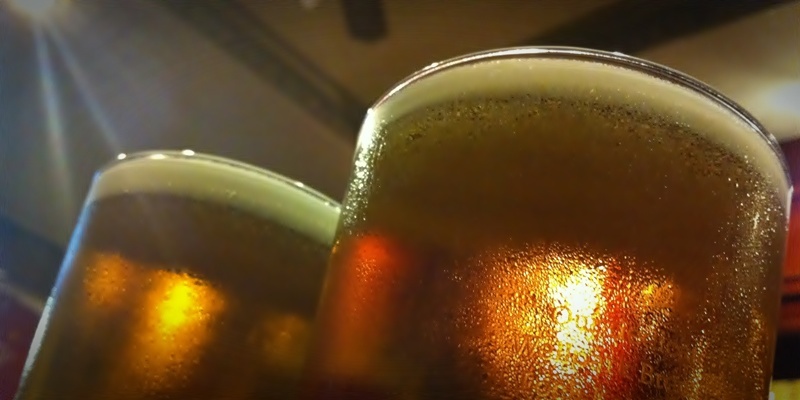A new study that has revealed alcohol caused 10% of all cancers in men should be a wake-up call about the full dangers of drink, NHS Tayside’s deputy director of public health has said.
Published in the British Medical Journal, the study of more than 350,000 people found that one-in-10 cancers in men and one-in-33 in women are caused by alcohol consumption.
The study, which involved more than 350,000 people, calculated that in 2008, current and former alcohol consumption by men was responsible for about 57,600 cases of cancer of the upper digestive tract, colorectum, and liver in Denmark, Greece, Germany, Italy, Spain and Britain.
Drinking more than two alcoholic drinks per day caused more than half of these cases.
Alcohol consumption by women in the six countries caused about 21,500 cases of upper digestive tract, liver, colorectum, and breast cancer, of which over 80% (17,400) was due to consumption of more than one drink of beer, wine or spirits per day.
“Our data show that many cancer cases could have been avoided if alcohol consumption is limited to two alcoholic drinks per day in men and one alcoholic drink per day in women, which are the recommendations of many health organisations,” said Madlen Schutze, one of the authors of the study.
“And even more cancer cases would be prevented if people reduced their alcohol intake to below recommended guidelines or stopped drinking alcohol at all.”
Paul Ballard, deputy director of public health at NHS Tayside, said the results show people are still not aware of just how harmful alcohol can be.
“I don’t think people are aware of the risks and another issue is that those people who are aware rationalise it and put it to the back of their mind,” he added.
“They still don’t really think it will happen or that they are at risk.
“It’s not just about us making people aware, we need to find ways to make them embrace the information.
“I think alcohol has such a strong hold on society it has just become a part of normal life-people just don’t want to think about the fact that it puts them at risk.
